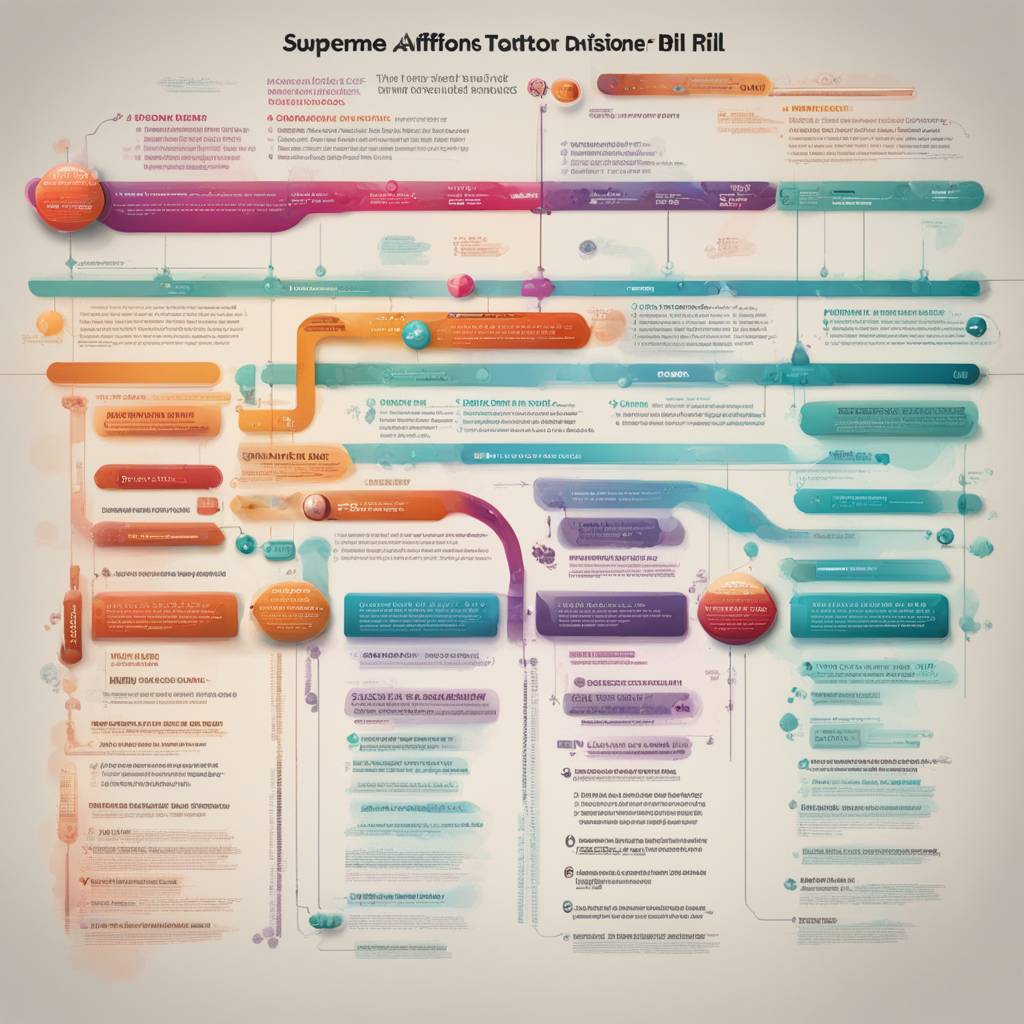The fate of the abortion pill, mifepristone, is currently in the hands of the Supreme Court, which has a conservative supermajority. The Court has the power to either maintain full access to the drug or reverse recent regulation changes that have made medication abortion more accessible, including allowing the pills to be prescribed via telemedicine, delivered by mail, and used up to 10 weeks of pregnancy instead of seven. A federal judge in Texas ruled to suspend the US Food and Drug Administration’s approval of mifepristone in a lawsuit brought after the Supreme Court overturned Roe v. Wade in 2022, but the drug is still fully available while the Supreme Court deliberates.
Medication abortion, which accounts for nearly two-thirds of all abortions in the US, has been used by at least 5.9 million women since mifepristone was FDA approved in 2000. The drug is also commonly prescribed for miscarriage treatment. Despite some opposition, mifepristone’s safety is well-established, with data showing it is safer than some common, low-risk prescription drugs like penicillin and Viagra. It also has a lower risk of serious complications compared to procedural abortion and childbirth. Studies have also shown that telehealth for medication abortion is effective and safe.
A timeline of mifepristone access since it was approved in 2000 reveals the changing regulations and accessibility of the drug. The drug has undergone various regulations and changes over the years, with recent changes allowing for easier access through telemedicine and mail delivery, as well as extending the window for use up to 10 weeks of pregnancy. These changes have made medication abortion more accessible for women across the US, leading to its increased use in recent years.
The lawsuit brought against the FDA’s approval of mifepristone in Texas has brought attention to the potential impact of the Supreme Court’s decision on the future of medication abortions in the US. With the Court’s conservative majority, there is concern that access to mifepristone and medication abortion could be restricted, reversing the progress made in recent years to make the drug more accessible. The decision on the fate of the abortion pill has significant implications for women’s reproductive rights and access to safe and effective healthcare options.
Despite the controversy surrounding medication abortion and mifepristone, studies have consistently shown that the drug is safe and effective for use in terminating pregnancies and treating miscarriages. Comparisons to other common prescription drugs like penicillin and Viagra demonstrate the relative safety of mifepristone, with a lower risk of complications compared to procedural abortion and childbirth. The use of telemedicine for medication abortion has also been proven to be effective and safe, providing women with increased access to reproductive healthcare options, especially in underserved communities.
The outcome of the Supreme Court’s decision on mifepristone and medication abortion will have significant implications for the future of reproductive healthcare in the US. With the potential for restrictions on access to the abortion pill, women’s reproductive rights and healthcare choices could be at risk. The safety and effectiveness of mifepristone, along with its increasing use in recent years, highlight the importance of maintaining access to medication abortion for women across the country. The Supreme Court’s decision will ultimately shape the future of reproductive rights and access to safe and effective healthcare for women in the US.


